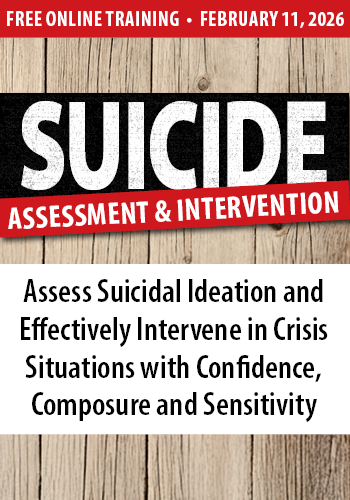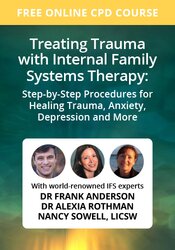Enrol in an online course today for flexible, self-paced learning—no fixed schedule required. Plus, enjoy lifetime access to course materials for convenient revisiting.
On Becoming a Shame-Sensitive Therapist

I learned about shame the hard way. When I began raising my clients’ awareness of the barriers to feelings – to free up the expression of unconscious emotion and to allow them to make transformational links between early trauma experiences and their current difficulties – I quickly discovered that shame-sensitivity is an essential quality in a dynamic emotion-focused therapist. Uncovering or disrobing highly vulnerable internal states activates both shame and anxiety.
Anxiety is one of several barriers to feelings, and when I inartfully brought up anxiety with one woman, she almost dropped out in the first session. She equated anxiety with weakness. Also, I found that people were ashamed of their shame – “It’s one more thing I’m doing wrong.”
Others felt criticised and wounded when I drew attention to their distancing defences without providing a context for how these mechanisms had been resourceful and necessary for survival, or when I failed to convey compassion for the pain caused by defences. Both omissions increased clients’ shame.
I wouldn’t have recognised these reactions had I not requested direct feedback frequently. Clients hated it when they thought I had an agenda, which seemed “robotic”. We can seem automated while learning an approach and trying to implement our skills. I needed to become far more attuned to each individual and drop my agendas.
I embraced spontaneity and clinical intuition while incorporating the treatment principles I valued. Significantly, I elevated shame work in all my interactions. These changes in my approach created more safety and security for my client, and we could go deeper into the unconscious with fewer misalliances. The client grew more willing to experiment with new ways of being and feeling.
I began to pay special attention to reframing my interventions and working with the nuances of language. Selecting a different word or phrase could significantly affect a person’s response to something I said. A shift in the inflection or tone of my voice could create a sense of safety or danger. I reduced my use of ‘you’ messages (“you are detached”).
Instead, I now reference unconscious internal forces that shut down a person’s life force, so that the client becomes a victim of detachment defences rather than a perpetrator. I signal (verbally and non-verbally) that I’m allied with the person, that their suffering and internal conflicts impact me. Clients don’t have to wonder how I’m reacting for long.
In therapy, there are rubber-meets-the-road moments if a change is to occur. Either the client chooses to shift old patterns and responses or retain the status quo. Then, naturally, the client will struggle with old threats surrounding emotional intimacy.
At these turning points, we can help by communicating empathy for how the client came to rely on self-protective strategies, such as avoidance, and convey our compassion for the difficulty in releasing familiar defences. Also, the shame-sensitive therapist helps to connect the client to their goals in the spirit of collaboration. We serve the client’s goals, not ours. So I might say:
“We find ourselves at a distressing impasse. You want to be closer to your children and wife, and here we are, attempting to see if we can move closer to each other by revealing your feelings. But you fear losing control or humiliating yourself and driving me away. I don’t see that happening with both of us supporting you. Certainly, I will not pull away. But I empathise with your fears. I’d have similar fears and reluctance in your situation. So here we are on a precipice. Do you take the risk of moving closer toward your feelings and me? Or do you stand back, which has in the past resulted in distance from your family and depression? It’s a tough choice. Please tell me how my words land for you? And let’s make some space to see what you want to do. Just know I stand alongside you regardless of the choice you make.”
Research shows a great deal of overlap between our bodily experience of shame compared to anxiety, and these choice points stir up both feelings. In analytic literature, anxiety is a fear of feelings. I see anxiety as a fear of the reaction of others to one’s feelings, thoughts, beliefs, and experiences. We then fear losing control of our responses to such rejection, leading to more shame.
I’ve consistently found that anxiety and the barriers to closeness noticeably drop when we reduce shame. As the client experiences radical acceptance, safety, and the freedom to choose, an incredible energy often asserts itself – to move toward one’s feelings and a closer relationship to the therapist. These transformative moments often bring significant relief, hope, and sense of mastery.

















